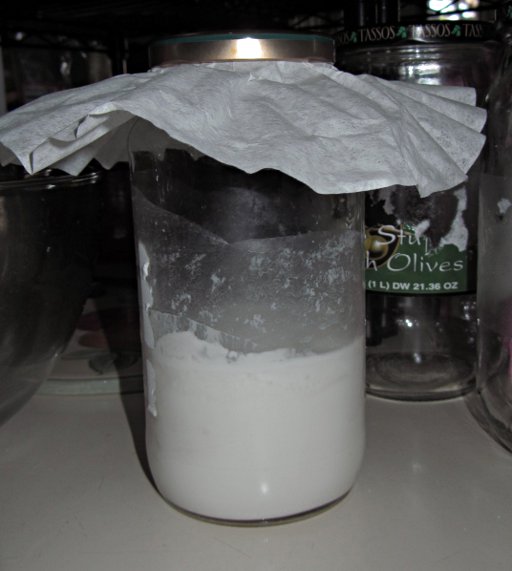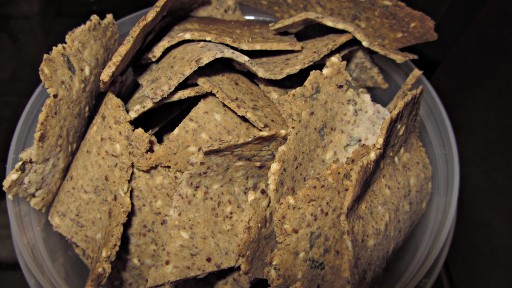I will be 39 years old in a few months, and this got me thinking about anti-aging strategies. Some people tell me that I look younger than my age, but I think it’s time to start thinking about the inevitable. At first, I was naive enough to go search about “what the best face cream” would be. Soon I realized that these creams don’t really work, and they would be wasted money. A cheap, natural hydrating cream for face & eyes would be enough. To really make a difference though, the change must come from inside.
Dr Jack Kruse, the most crazy Paleo doctor out there (also the most interesting), has many blog posts on anti-aging, that go well beyond nutrition and supplements. He goes into reprogramming the human body with cold thermogenesis, even “lite” hibernation and fasting. But these are too extreme regimens, I just want something to ease up my wrinkles, not to outlive Galapagos tortoises.
So I went again to my new best friend, the US government’s PubMed, and started reading. Most of the chemistry described goes over my head, but I can still put 2+2 together and draw conclusions. So after two weeks of research, this is what I came to understand it could give me back 5 years in terms of of looks/energy, and extend that look for a longer period. Please note that this regimen is for skin and hair only, there is additional supplementation for mental & joint health, but Paleo itself is good-enough to provide the necessary nutrients for these two anyway. Also note that this is what I’m doing for myself, it’s not a medical suggestion to you.
STEP 1: Follow Paleo/Primal for life
No way around it. Even if you never put in your mouth a single pill of the ones suggested below, this diet is a must for longevity and overall health. Here is a description of the diet, the top-10 superfoods that must all be eaten, and here’s why dairy can be included in the diet, as long as it’s from buffalo, camels, goats or sheep (but not US cows — only butter & cream from them).
STEP 2: Lifestyle changes
Doesn’t have to be strenuous exercise. 45 minutes, 3-4 times a week. 30 minutes of slow and fast running (alternate, 2 miles overall), and 15 minutes of weights. That’s it. You need no trainer or to pay a gym for it. Or you can alternate that with some yoga too. Consider some meditation too, which can put your cortisol & stress under control. And of course, SLEEP. At least 8 hours day. Make time for it!
STEP 3: Basic supplementation
No matter what diet you follow, there are some nutrients that the modern Western humans are deficient on. These are:
– D3 at 3000-5000 IU, daily, in the mornings. Get tested every 6 months for toxicity levels though.
– Magnesium Malate, daily, 20 minutes before bedtime. Malate is the most absorbable form.
– K2 Mk4, every 2-3 days.
– Fish or krill or fermented cod liver oil, almost daily.
Then, the following are as important, if the diet is not balanced:
– Calcium, only if you’re not doing dairy, every 2-3 days. I’d suggest you go for home-made goat kefir instead.
– C + Bioflavonoids, only if you are not eating fruits for some reason (you should), or if you’re feeling a virus coming your way.
Supplement for other vitamins too accordingly after you do a blood test, or if you track your food intake on a site like Cron-o-meter btw. E.g. you might find you’re low on iron, or manganese, or folate. Especially if you’re trying to get pregnant, you might need to lightly supplement with it for months before conceiving (just make sure it’s not folic acid, folate is a different form).
STEP 4: Skin-specific supplementation
These are the supplements that visibly change the skin and energy levels. On old people these supplements would help too, but not as visibly as in younger people. I include links to the supplements I usually buy myself, these are NOT paid/advertizing links in any way.
– CoQ10-Ubiquinol. 100 mg, daily. In addition to taking the pill, you can also apply its liquid to tooth gums and at a lower dosage, to wrinkles directly.
– PQQ (PyrroloQuinoline Quinone). Every 2 days or so.
– BioSNP’s anti-oxidant & anti-inflammatory formula. A lot of different powerful anti-oxidants in one pill. Take one pill every day (not the suggested 3, it’s strong).
– Acetyl L-carnitine. Ever 3-4 days or so.
STEP 5: Supplementation after a certain age
Don’t take these before the age of 30 or 35. You can increase the days you take these as you age. Take it easy in the first few years.
– R-Lipoic Acid. It must be the R- form. Every 2-3 days or so, in the mornings.
– Collagen Type I and III. Every 2-3 days, not at the same day as the other collagen below, or when you’re cooking with bone marrow broth.
– Collagen Type II. Every 2-3 days, not at the same day as the other types.
Other anti-oxidants you can add to the mix are cranberry extract and Astaxanthin/Lycopene, but the suggested BioSNP formula is already pretty good. For hair, consider taking some Biotin every 3-4 days or so (supplements usually contain way too much in them), and E-tocotrienols (no tocophenols in it). This vitamin E 125 mg version is pretty strong, so take it occasionally and only if you’re somewhat deficient on vitamin E, or use the lower 50 mg version.

![]()












